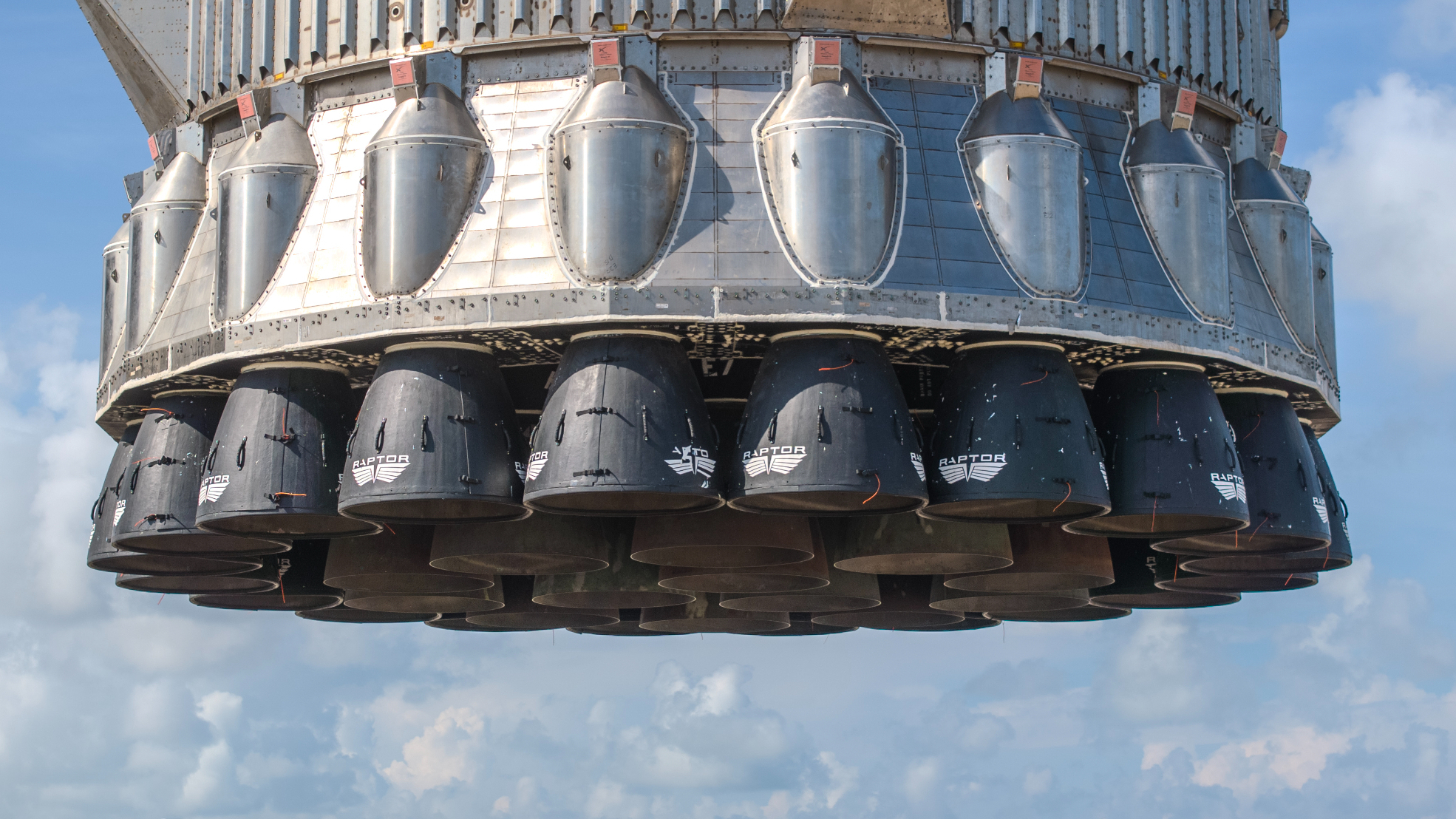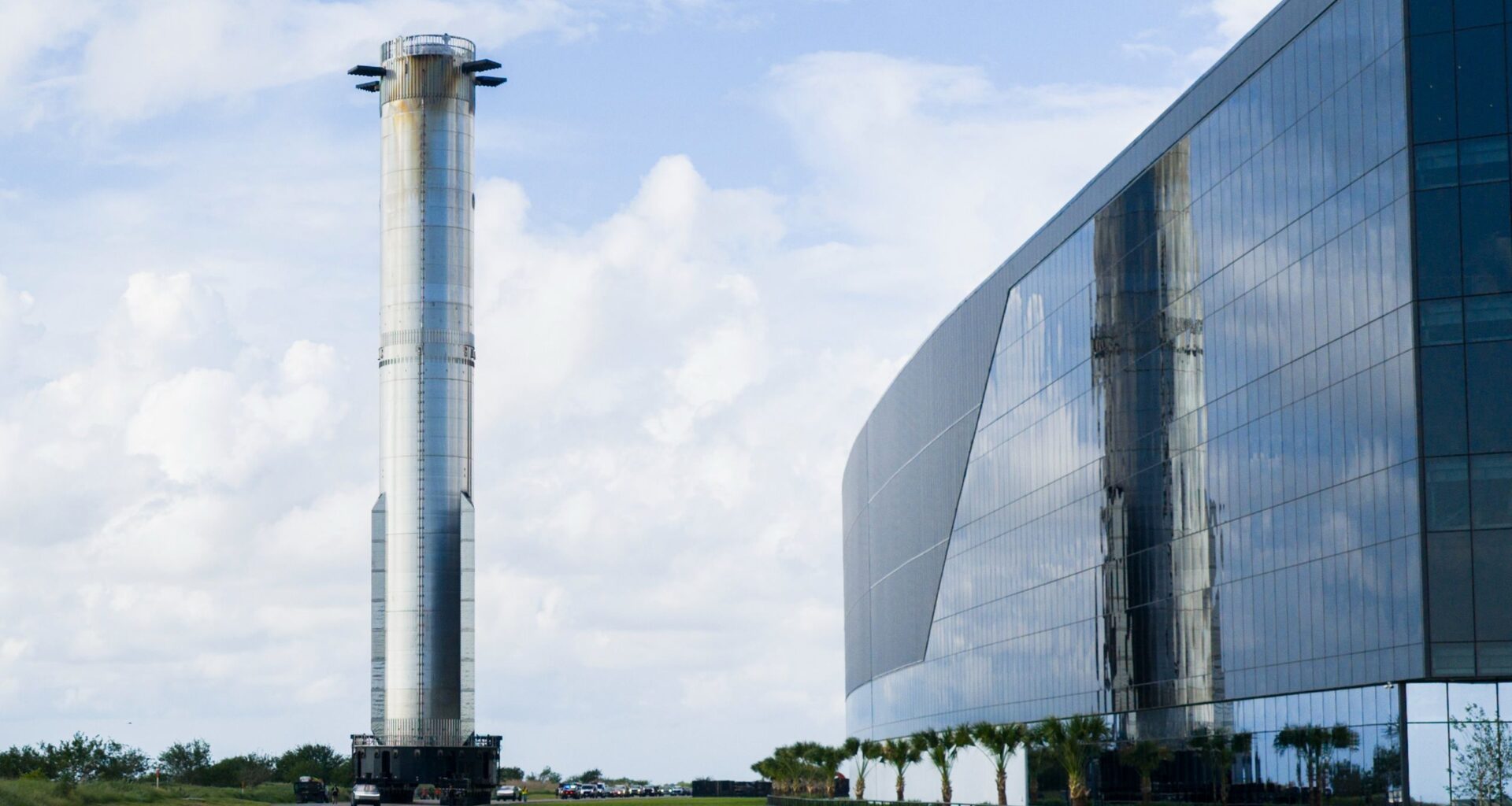The first stage of SpaceX’s Starship megarocket has made it to the launch pad ahead of next week’s test flight.
On Wednesday (Oct. 8), SpaceX posted photos on X showing the giant booster, known as Super Heavy, making the move to the orbital launch mount at the company’s Starbase site in South Texas.
It’s part of the leadup to Starship‘s 11th test flight, which is scheduled for Monday (Oct. 13) at 7:15 p.m. EDT (2315 GMT). You’ll be able to watch the action live here at Space.com, courtesy of SpaceX.
You may like

The Flight 11 Super Heavy is placed atop Starbase’s orbital launch mount by the tower’s “chopstick” arms. (Image credit: SpaceX)
Starship is the biggest and most powerful rocket ever built. The current iteration stands about 400 feet (121 meters) tall, and future versions will be bigger still, according to company founder and CEO Elon Musk.
The vehicle consists of two elements — Super Heavy and an upper-stage spacecraft known as Starship, or Ship for short. Both are powered by SpaceX’s Raptor engines — 33 for Super Heavy and six for Ship — and are designed to be fully and rapidly reusable.
Super Heavy’s Raptors take center stage in one of the newly released photos, which focuses on the booster’s base as it’s placed atop the launch mount.

Super Heavy has a whopping 33 Raptor engines. (Image credit: SpaceX)
The plan for Starship Flight 11 is similar to that of Flight 10, which launched on Aug. 26 and was a complete success.
As on that day, Super Heavy will come back to Earth for a controlled splashdown in the Gulf of Mexico. It will be the second reentry for this particular booster, which also launched on Starship Flight 8 this past March. That mission featured a catch of the booster by the Starbase launch tower’s “chopstick” arms, which will not happen on Flight 11.
Ship, meanwhile, will deploy eight payloads into space on Flight 11 — dummy versions of SpaceX’s Starlink internet satellites — and wrap things up by splashing down in the Indian Ocean.

